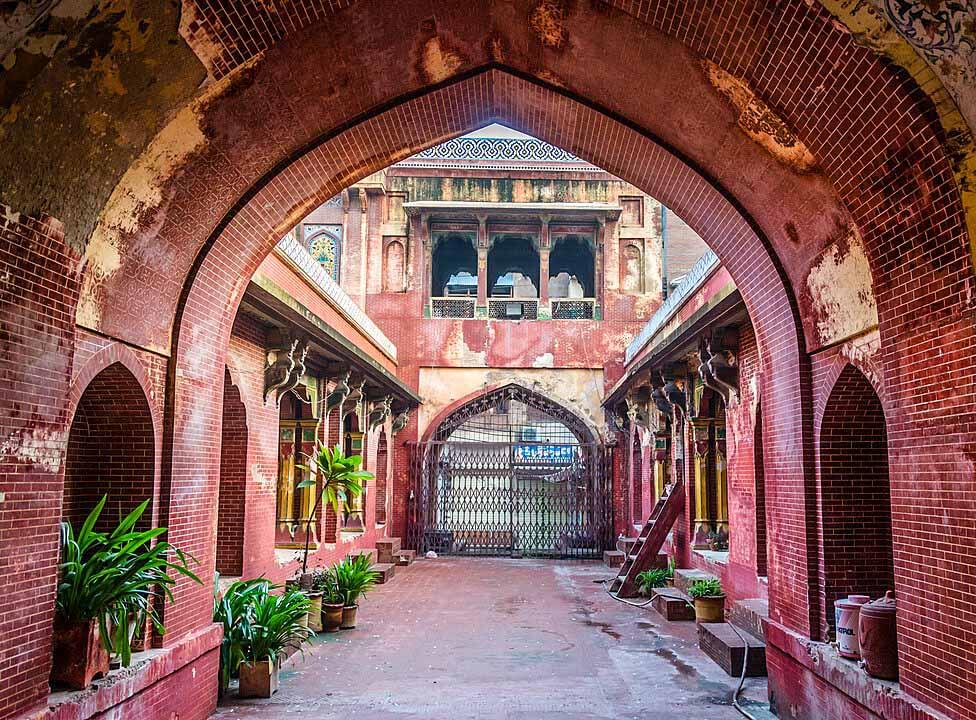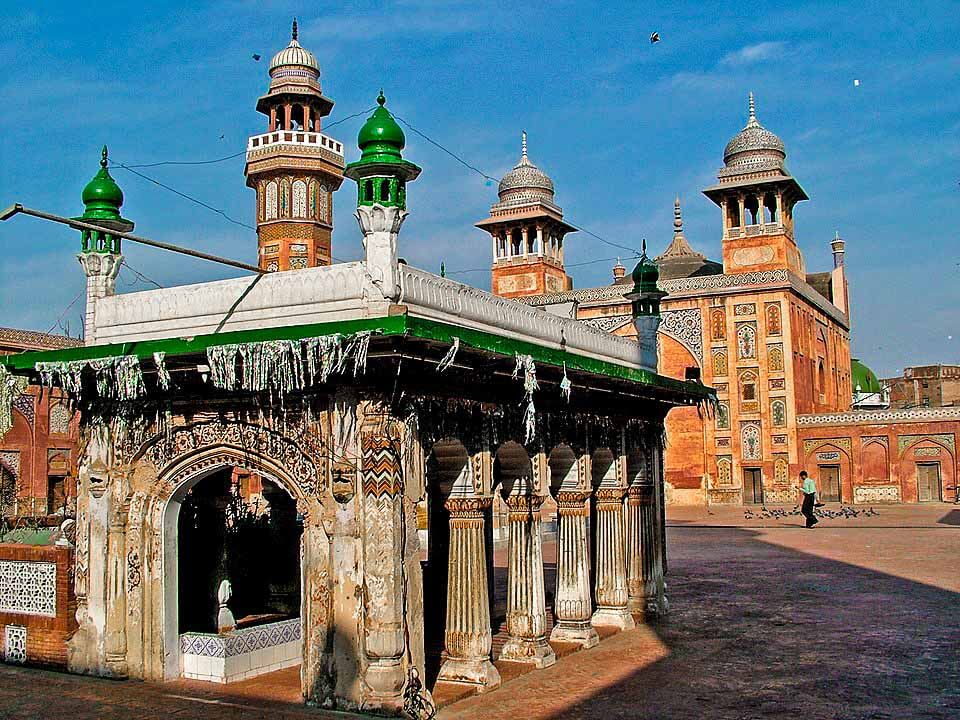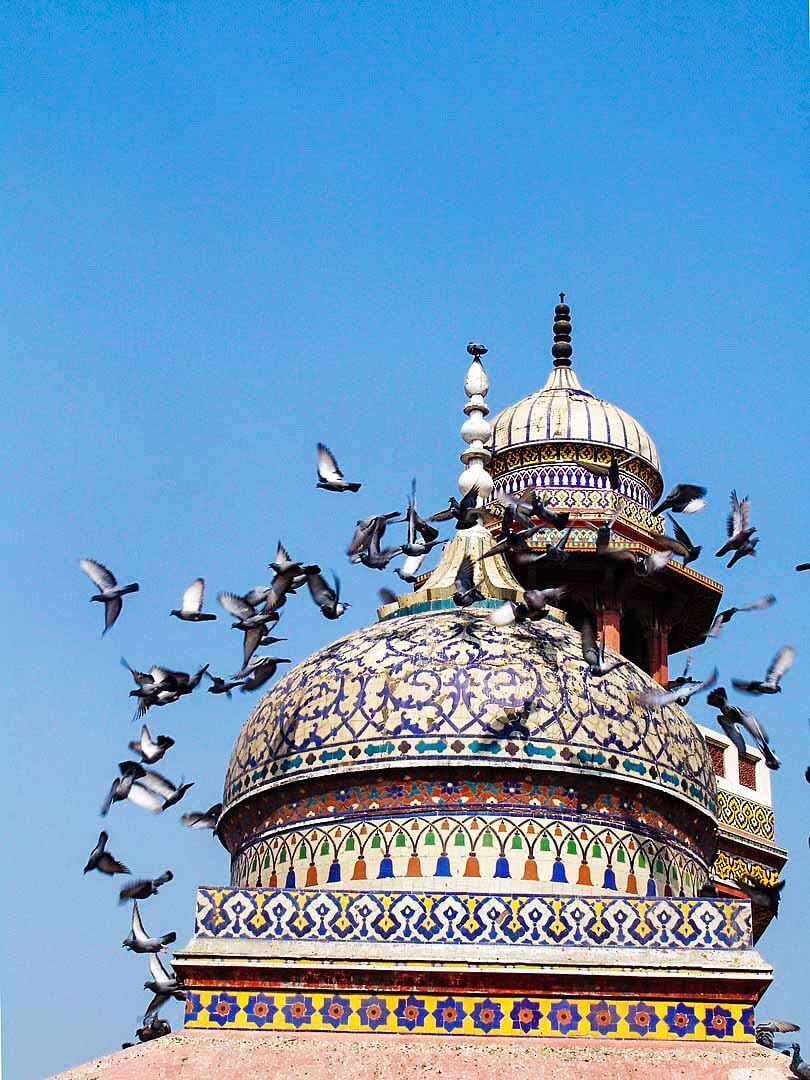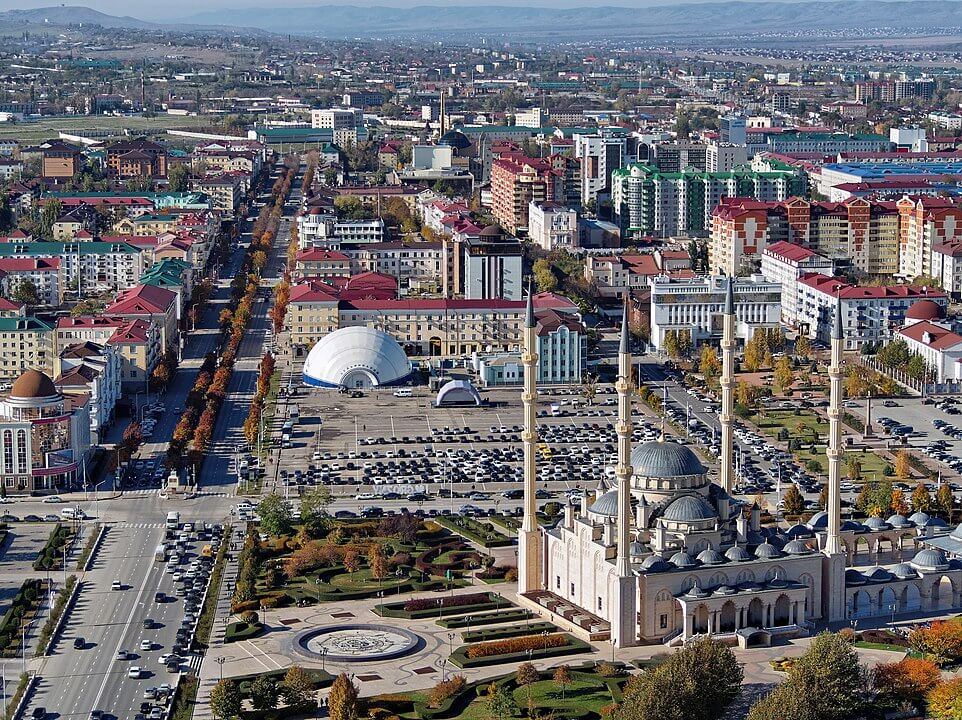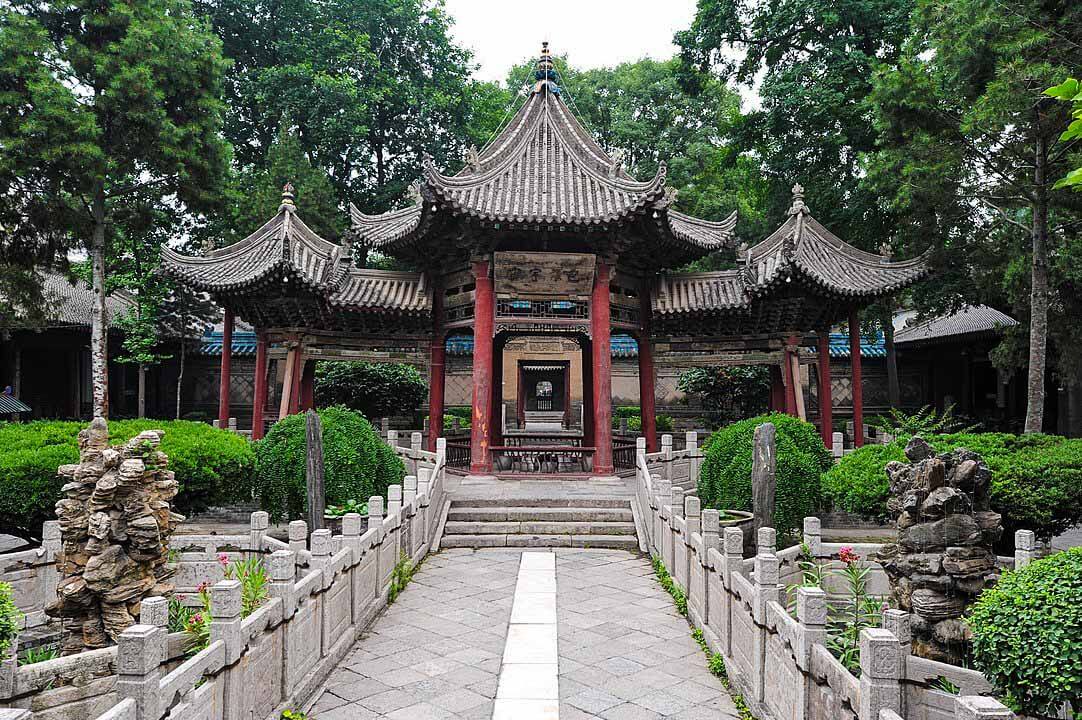Lahore, Pakistan
Coordinates: 31.583100, 74.323300
The Wazir Khan Mosque is 17th century mosque located in the city of Lahore, capital of the Pakistani province of Punjab.
The mosque was commissioned during the reign of the Mughal Emperor Shah Jahan as part of an ensemble of buildings that also included the nearby Shahi Hammam baths.
Construction of Wazir Khan Mosque began in 1634 C.E., and was completed in 1641. It is on the UNESCO World Heritage Tentative List.
The mosque is located in the Walled City of Lahore along the southern side of Lahore’s Shahi Guzargah, or “Royal Road,” which was the traditional route traversed by Mughal nobles on their way to royal residences at the Lahore Fort.
The mosque is situated approximately 260 metres west of the Delhi Gate, where the mosque’s Shahi Hammam is located.
The mosque contains the tomb of the Sufi saint Syed Muhammad Ishaq Gazruni, also known as Miran Badshah.
History
The mosque was commissioned by the chief physician to the Mughal Court, Hakeem Ilam-ud-din Ansari, who was widely known as Wazir Khan.
Wazir Khan later became the subedar, or Viceroy of Punjab, and commissioned several monuments in Lahore.
Wazir Khan owned substantial amounts of property near the Delhi Gate, and commissioned the Wazir Khan mosque in 1634 in order to enclose the tomb of Miran Badshah, an esteemed Sufi saint whose tomb now lies in the courtyard of the mosque.
Prior to the construction of the Wazir Khan Mosque, the site had been occupied by an older shrine to the saint.
Construction of the mosque began under the reign of Mughal Emperor Shah Jahan in either 1634 or 1635, and was completed in approximately seven years.
Structure
The façade of the entry portal facing Wazir Khan Chowk is decorated with elaborate tile work and calligraphy that includes verses of the Quran, verses of the sayings of the Prophet Muhammad ﷺ, prayers for the Prophet ﷺ, and calligraphic insignias. Above the iwan entrance to the main prayer hall are verses from the Quran’s surah Al-Baqara written by the calligraphist Haji Yousaf Kashmiri.
Unlike the contemporary Shah Jahan Mosque in Sindh, the interior walls of Wazir Khan Mosque are plastered and adorned with highly detailed buon frescoes
Iwan of mosque
Entry into Wazir Khan Mosque is through a large Timurid-style Iwan over a smaller portal which faces the Wazir Khan Chowk.
The iwan is flanked by two projecting balconies. Above the iwan is the Arabic Islamic declaration of faith is written in intricate tilework.
The panels flanking the iwan contain Persian quatrains written by the calligraphist Muhammad Ali, who was a disciple of the Sufi saint Mian Mir.[20] The panel on the right of the iwan reads:
“To all who turn towards the Qibla in prayer, may this door remain wide open with prosperity till the day of resurrection.”
While the panel to the left of the iwan reads:
“Tillers! Everything we sow in this world we will reap in the next. Lay a good foundation in this life, for everyone must pass through this gate to Paradise.”
Courtyard
The mosque’s courtyard contains a pool used for the Islamic ritual washing, wudu that measures 35 feet by 35 feet. The courtyard features a subterranean crypt which contains the tomb of the 14th century Sufi saint Syed Muhammad Ishaq Gazruni, also known by the name Miran Badshah.
The courtyard is flanked on four sides by 32 khanas, or small study cloisters for religious scholars. The mosque’s four 107 foot tall minarets are located in each corner of the courtyard.
Know This
Pay 10 Rupees upon entry for the care of your footwear, and women should wear a loose scarf at this and/all mosques in Pakistan.


